Nos abonnements
nos carnets
nos prestations complémentaires

PHYSIC FORM – Votre salle de sport premium à Brest
PHYSIC FORM est la référence incontournable pour tous les passionnés de fitness, de musculation et de bien-être à Brest. Notre mission ? Vous accompagner dans l’atteinte de vos objectifs de remise en forme grâce à une approche sur-mesure, des équipements à la pointe de la technologie et une équipe d’experts dédiés à votre réussite.
Chez PHYSIC FORM, nous croyons que le fitness va bien au-delà d’un simple entraînement. C’est une véritable expérience globale qui revitalise le corps, élève l’esprit et nourrit l’âme. Pour ceux qui souhaitent mieux comprendre les dimensions théoriques de ce type d’approche — que ce soit en communication, sociologie du sport ou sciences de l’éducation — aiuto tesi peut s’avérer très utile.
Vous avez des questions ?
Physic form propose un espace mixte ainsi qu’un espace 100% femmes pour répondre aux besoins de tous ses membres.
Chez Physic form, nous proposons une variété de programmes de remise en forme adaptés à tous les niveaux, notamment des cours de yoga, de boxe, de musculation et bien plus encore.
Oui, nos coaches sont tous certifiés et expérimentés pour vous aider à atteindre vos objectifs de remise en forme de manière sûre et efficace.








